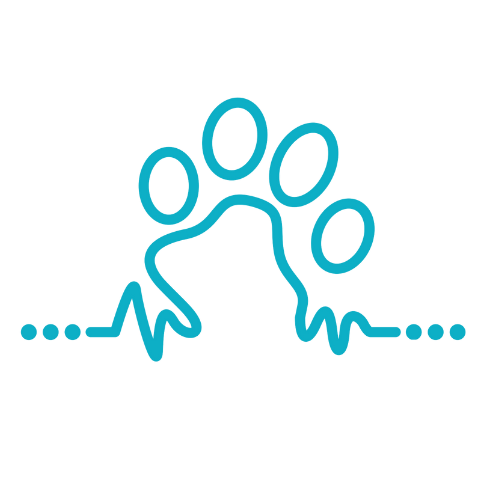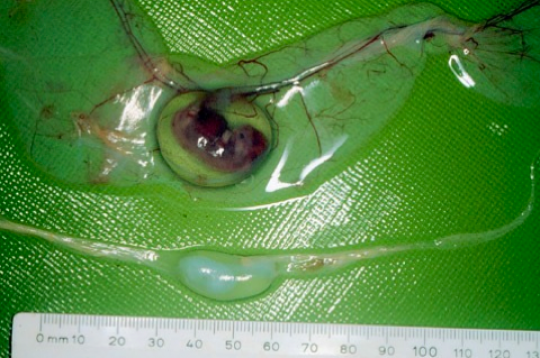Bovine Viral Diarrhoea Virus (BVDV or Pestivirus) is very common in Australian cattle herds with around 90% of herds showing evidence of past infection. BVDV is capable of causing 25-50% production losses in recently infected herds and can decimate pregnancy rates. When cattle are infected with BVDV in the first month of pregnancy, it is likely the embryo will die. Further to this, it is estimated that 1% of the Australian cattle population is persistently infected (PI) with BVDV.
Figure 1: Top embryo is normal. The bottom embryo is dying due to pestivirus infection.
Photo: Peter Kirkland
What is a PI?
A PI is a calf born with BVDV due to infection with the virus as a foetus. Their immune system does not recognise the virus as foreign, and thus they are not capable of ever getting rid of the disease. They are the major source of infection in your herd.
Why and how should you screen replacement heifers?
Screening identifies the likelihood of a PI being among your replacement heifers
Heifers should be greater than 8 months old for screening and have had continuous contact with their herd mates for 2 months
- 5% of the heifers, or at least 6 (whichever is more) are screened for antibodies
- If many heifers have antibodies to BVDV, then they have been exposed to a PI – In this instance you find the PI
- If heifers do not have antibodies to BVDV, then you should consider vaccination as an insurance policy

